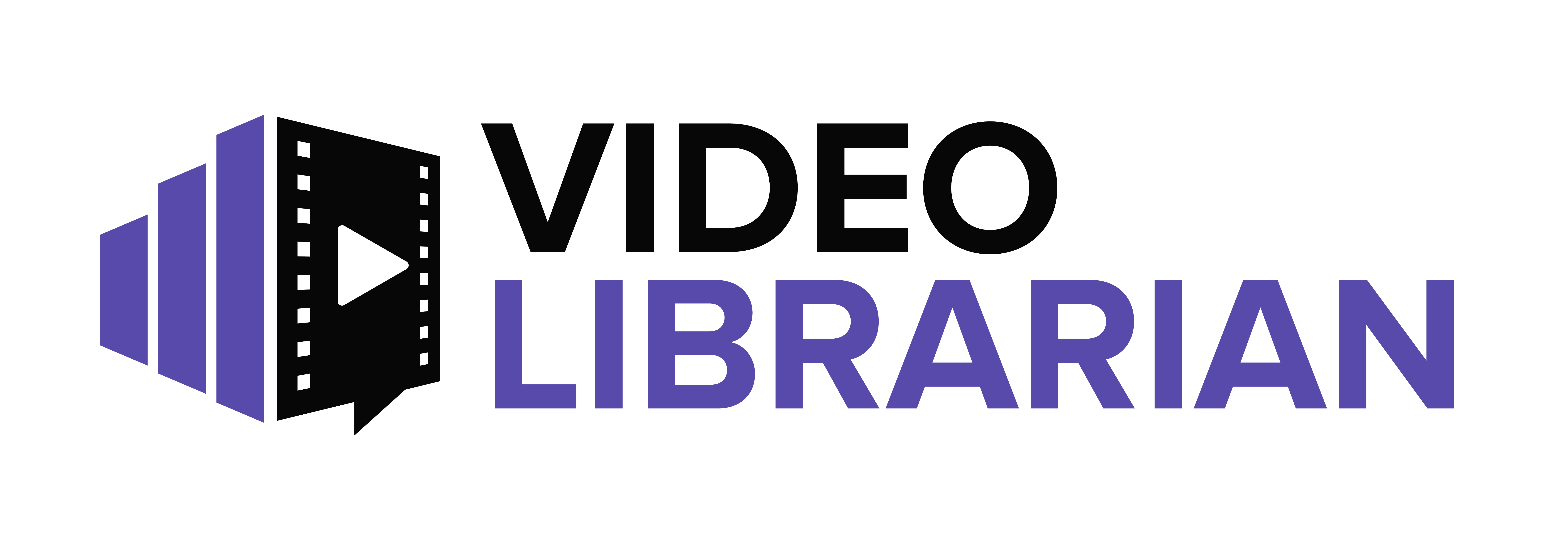Ella Glendining is a filmmaker from the UK. She lives a fairly simple life with her boyfriend and son. Born without hip joints and short femurs, Glendining often struggles with people’s perception and mockery. Is There Anybody Out There? is a personal documentary by Glendining chronicling her quest to find someone with the same disability to her. As she searches, she finds many people with similar disabilities, but many are affected only on one leg. Eventually, she finds a woman, a stand-up comedian, and a little boy with identical diagnoses: The trouble is, they live in America. After facing the brunt of covid, Glendining manages to travel to meet her counterparts in California, recording the meeting and conversations with her disabled comrade’s loved ones.
Is There Anybody Out There is perhaps the best disability documentary I have ever seen. Glendining is attentive and sensitive, trying to see the best in people despite their ignorance and obsession with “normal.” Like she and others discuss in the documentary, normal is a statistical byproduct of eugenics: No “normal” human exists. We are variable, and we all have some variation from the norm be it as simple as our hair color or as complex as an autoimmune disorder. In examining her life through her parent’s eyes, we see a world in which disabled children are valued and cherished, not forced to undergo painful and not medically necessary surgery in an attempt to bring the disabled child closer to “normal” in appearance.
While keeping space for those who need to break through their ignorance, this documentary is nearly perfect both as a personal documentary and a disability documentary. Glendining is fearless in her discussion of ableism, and those who are unfamiliar with the concept would be efficiently educated by Is Anybody Out There?. If your collection is lacking in disability titles or documentaries directed by persons with disabilities, Is There Anybody Out There? should be your first choice. Highly Recommended. Editor’s Choice.
How can Is There Anybody Out There? be integrated into public libraries’ collection development?
This documentary is a vital addition to public library collections, particularly for its exploration of disability from the perspective of a disabled filmmaker. It would enrich collections focused on social justice, health, and personal memoirs, appealing to patrons seeking authentic and educational content about living with disabilities and confronting ableism.
What college courses and majors could benefit from using Is There Anybody Out There??
The film would enhance courses in disability studies, sociology, psychology, and medical humanities. It provides a personal lens to discuss topics like ableism, the social model of disability, and the ethics of medical interventions, making it an excellent resource for interdisciplinary exploration.
How could Parks and Recreation programs use Is There Anybody Out There? in their educational initiatives?
Parks and Recreation programs could utilize the film to foster inclusivity and raise awareness about accessibility in community spaces. It could serve as part of workshops or public discussions about creating environments that value and accommodate diverse abilities.
What are the Public Performance Rights (PPR) considerations for screening Is There Anybody Out There??
Public screenings of the documentary require Public Performance Rights (PPR). Libraries and educational institutions should secure these rights to legally host screenings and discussions, ensuring the film reaches its intended audiences in compliance with copyright laws.
How could Is There Anybody Out There? enhance special events on college campuses?
The documentary could be a centerpiece for campus events during Disability Awareness Month or diversity and inclusion initiatives. Pairing the film with talks by disability rights advocates or discussions led by faculty in relevant fields would create meaningful engagement.
Why is Is There Anybody Out There? a strong candidate for movie licensing?
The film's critical acclaim and the unique perspective it offers on disability make it an excellent candidate for licensing. Its combination of personal narrative and social education ensures its relevance for a wide range of audiences, from academic institutions to public libraries and community organizations.



